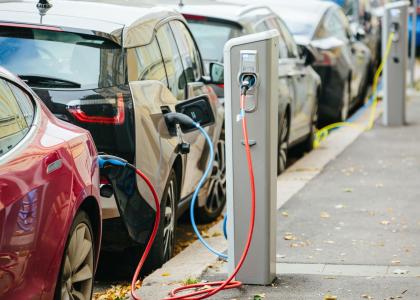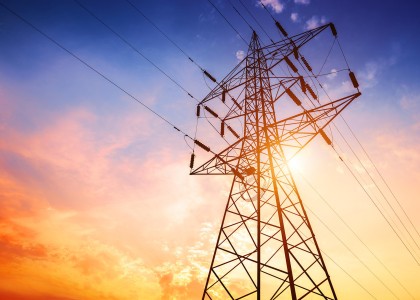How have your community’s energy efficiency initiatives also increased its resilience? Our new paper, Indicators for Local Energy Resilience, gives municipal leaders a unique set of tools to answer this question. We explore local energy resilience, our new term for the interconnection of community resilience and various aspects of energy supply and consumption. We look at different aspects of this concept — like thermal building performance and transportation connectivity — and methods communities can use to assess them. By applying these lessons, municipalities can get a better sense of their own local energy resilience.
Tracking local energy resilience
We’ve spent the last few years drawing the connection between energy efficiency and community resilience (see here and here). In our research, we take a broad approach to the concept of community resilience by including both physical factors like energy reliability and socioeconomic ones such as the strength of the local economy. This broader concept is also used by many urban planners and local policymakers (see here, here, here, and here for examples) because community resilience is not just about keeping the lights on during a big storm. It’s also about strengthening communities by making energy affordable and reliable for all.
So how can communities track their progress toward local energy resilience? Identifying indicators to monitor progress is complex because community resilience is cross-cutting. Considering all aspects of local energy resilience and the linkages among those aspects can become a brainteaser.
Our approach
Our paper charts local energy resilience in nine discrete dimensions: energy reliability, transportation connectivity, distributed generation, thermal building performance, the urban heat island effect, climate change, particulate matter pollution, financial energy burdens, and energy bill stability. We provide indicators for each dimension so policymakers and interested stakeholders can gauge community progress toward resilience.
Take the example of energy burdens. High energy burdens are impediments to community resilience, especially those of low-income households. They reduce households’ ability to cope, making it harder to prepare for the unexpected. In the paper, we lay out these connections to resilience and provide guidance on calculating average energy burdens for the city or specific neighborhoods in need. If a community uses the guidance to better understand energy burdens, it can determine what steps may be necessary to address high burdens.
This example also shows why our indicators are unique. Unlike other indicator systems that ignore energy issues or narrowly focus on energy reliability, ours capture a broad set of physical, environmental, and socioeconomic aspects of local energy resilience.
Using the indicators
We focus on local government activities so the indicators can better inform municipalities’ resilience strategies and activities. Government officials can use the indicators to establish a local energy resilience baseline, and administrators can create programs, set goals, and develop policies to increase local energy resilience. We hope this report will help local governments to create a roadmap for a more energy resilient future.
Share
TAGS: Combined Heat and Power (CHP), Economic Development, Local & Commu



